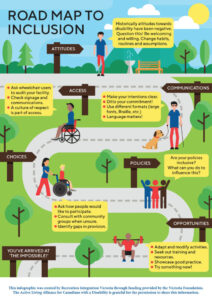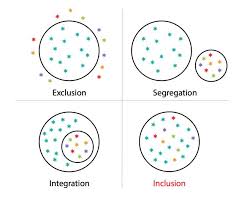Our classrooms are complex an environment, with each student bringing a unique perspective and set of needs. Our educational system promotes inclusion for all students, but is this the right approach? There is an ongoing debate about whether the approach of inclusion truly includes everyone, or if it unintentionally excludes those who differ from their peers. Some argue that creating alternate spaces for students with complex needs separates them from their peers.

However, it can also be seen as placing them in an environment where they are best supported. There are many challenges associated with creating an inclusive classroom such as the lack of resources provided and the already high stress environment schools can be. For this artifact I will present a choice project I further explored the topic of inclusion within our classrooms and is this really including all students or further marginalizing our students who are the least bit different from their peers. This artifact is a reflection of an observation made in my practice.
My own context and practice was the driving force behind this assignment for, at the time of this project, I had encountered two neurodiverse students with two very different experiences in the regular classroom. There are many challenges associated with creating inclusive practices and in the six years of my career, I can say this is a challenge that I have faced.

The attached components include the proposal for a final choice project and the final presentation. Inclusion is not a one size fits all approach and is not about students being in the same room. True inclusion means that each student felt supported, valued and connected to their learning environment. Two questions that guided my thinking through this project were: “Is inclusion simply about presence, or is it about meaningful participation and belonging?” and “Is separation always segregating or can it somethings be a form of support?”